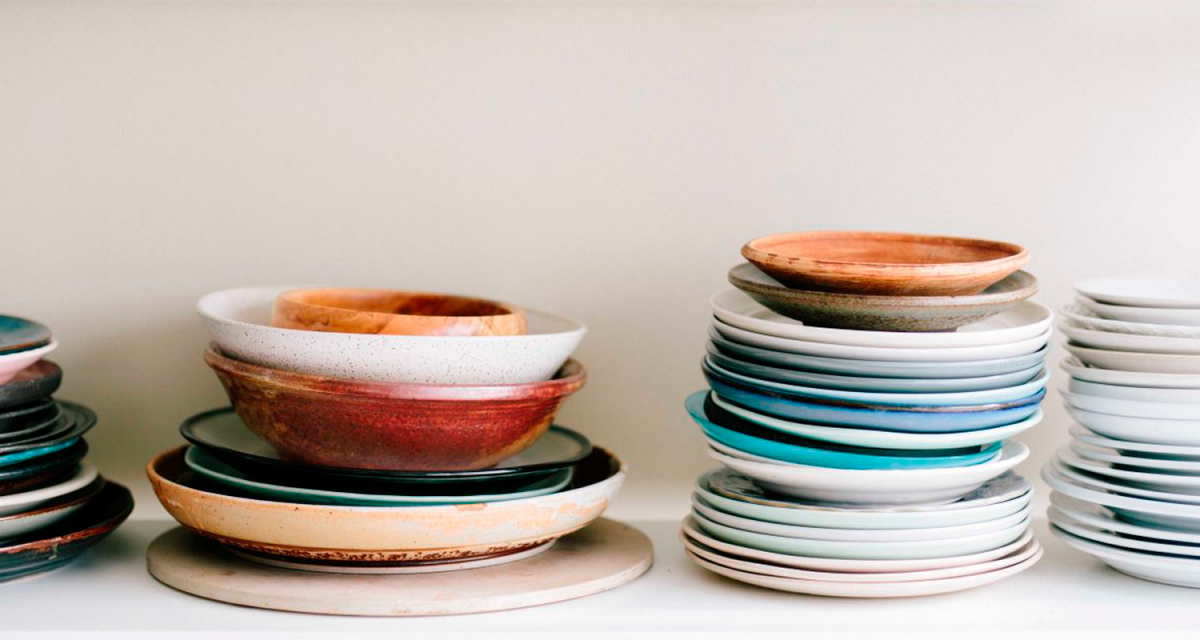What’s Stopping You?
Posted on Categories BlogLeave a comment on What’s Stopping You?What would it mean to your nonprofit if it could accomplish
all the goals in its strategic plan?
Imagine the impact on the communities you serve if there were no roadblocks to fully achieving the mission of your organization.
Well, what’s stopping you? What is stopping, or at least slowing, your nonprofit’s ability to accomplish its goals and in turn, change lives?
Chances are, it’s a combination of external and internal factors.
I experienced this challenge first-hand working in the nonprofit sector for 30 years; from direct care to case management to the Executive Director of a large nonprofit in Chicago – and everything in between (you know, that ‘Other duties as assigned clause’).
The work to be done is overwhelming, and resources are often scarce. Our society has long expected the nonprofit sector to solve large-scale problems out of the goodness of its heart, with a limited budget, and often little appreciation for the measurable impact. Thankfully, there continues to be much progress toward changing these outdated constraints.
So far, I’ve talked about factors ‘external’ to your nonprofit, but what about factors ‘internal’ to your organization that are wasting precious resources like time, money, and expertise, and hindering your ability to achieve your strategic goals? I’m talking about factors that are quite possibly within your control.
Ask yourself:
- Are you frustrated because you and your colleagues regularly work 50-60 hour weeks and yet never seem to get ahead of the workload?
- Are you discouraged by the number of important projects that become unorganized, over budget, behind schedule, or even stall completely?
- Do you struggle to inspire your employees or other stakeholders to embrace the changes that will enable your nonprofit to prosper and grow?
There’s no doubt you’re passionate about the mission and you’re working hard, but successful nonprofits are continually asking themselves if they’re putting their limited resources to the best possible use.
I’ve studied nonprofit performance for many years and have built my business around helping nonprofits ‘accelerate the work that matters most.’ Through my work now in 28 states and parts of British Columbia, I often hear variations of this statement, “Donna, I agree that there are probably ways we can, excuse the cliché, work smarter not harder, but where do we even start?”
If they’re ready to get started, I work with them to assess their organization’s strengths and challenges in three areas and from there, the priority actions usually become clear.
The first area to assess is operational efficiency – the ways you’ve completed your work in the past may no longer serve you as your organization continues to grow and evolve.
Remember the fax machine? It was revolutionary – at the time – but it’s not of much use to us today. What other outdated tools or processes might you be hanging on to that are actually slowing you down? Why do we do it this way? Because we’ve always done it this way…….
We also look at the degree to which the organization’s procedures and processes are written down, updated regularly, and accessible to its employees in a variety of formats. The knowledge of how the actual work is accomplished is an organizational asset and if it lives in only a couple of people’s heads:
- It is very risky because of how easily that knowledge can walk out the door and be gone, and
- It significantly slows the process of training employees, when they can only access the information they need to do their jobs by chasing their coworkers for conversations in the hallway.
Finally, we’ll also take a critical look at whether you’re using technology as fully as is practical for your organization.
The second area to assess is your nonprofit’s ability to manage and complete its various projects such as events, new programs, and even each of its strategic goals.
Regardless of the size of the project, there are proven project management tools and techniques, and some of them are actually quite simple, that can be scaled up or down to keep your projects on track to achieving the desired results.
The third area for assessment, which actually spans both of the first two areas of operations and projects, is readiness for change.
There are a host of reasons why we resist change and a significant amount of study in this area. There’s a saying, ‘People resist change until the point when not changing becomes too painful.’
Ideally, your employees and other stakeholders will embrace needed changes and move forward together, but more likely, some will have trouble understanding why change is necessary and might even resist if not guided thoughtfully through the change process.
I’ve given you just a few examples of common challenges that can be solved. I’ll leave you with the thought that every week, month, or year you wait and allow inefficiencies and other known internal roadblocks to continue at your nonprofit, compounds the wasted resources (time, money, and expertise) that could have been put toward mission-critical work.
If you’re interested in learning more about how to identify and get rid of the internal barriers to accomplishing your nonprofit’s mission and goals, take a look at my website for these and other resources you might find helpful.
Better yet, contact me, and let’s start a conversation about how I can help you get started!
Donna Catalano, MS, PMP, with Eastlake Solutions, provides project management consulting and fractional COO services focused on helping nonprofit organizations maximize their results through streamlined operations, successful project management, and ongoing professional development for their teams and leadership.



 Keep in mind that the job of the project manager isn’t to prevent changes to the original project plan, but rather, to anticipate changing circumstances and manage them as they present themselves. Scenario planning now, while your projects are on hold, will help you develop options for possible changes and risks based on impact and likelihood.
Keep in mind that the job of the project manager isn’t to prevent changes to the original project plan, but rather, to anticipate changing circumstances and manage them as they present themselves. Scenario planning now, while your projects are on hold, will help you develop options for possible changes and risks based on impact and likelihood.










